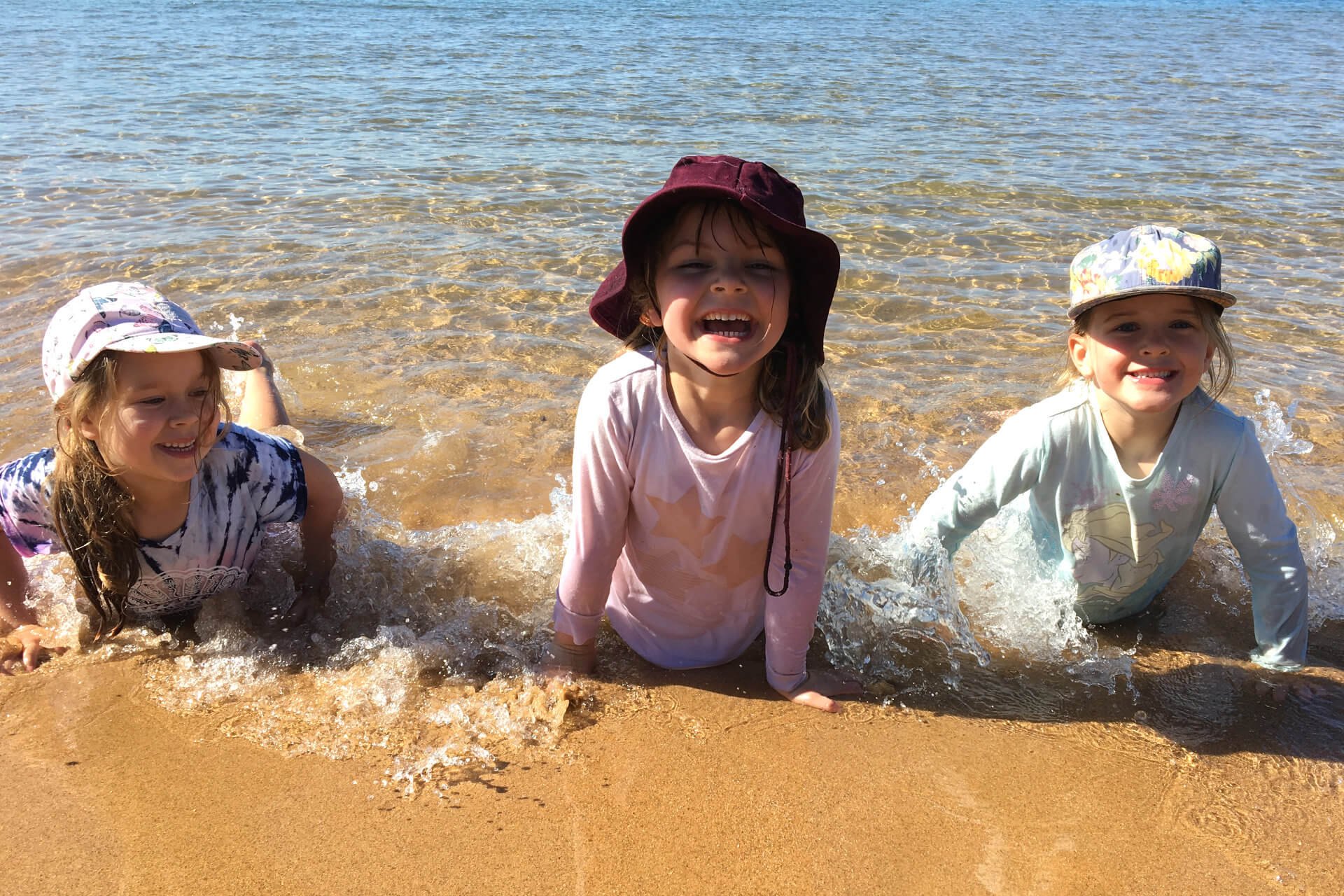
Growth Mindset
Our students believe in their ability to learn and grow.
At the heart of our educational approach is the belief that any child can learn any subject – in some form – at any age. This creates a growth mindset in our students because they believe in their ability to learn, and don’t see themselves as limited, or somehow lacking, and unchanging. And because we are constantly tailoring our classroom activities to suit the child’s interests and abilities, we are able to help them effectively stretch and grow.
“The advantage of a growth school may be summed up in one statement: This kind of school is geared to the child’s rhythm of development.”
What is a growth mindset?
The term “growth mindset” was coined by Carol Dweck, and describes a self-perception that abilities can be developed through effort, versus being fixed and unchangeable. The image we hold of ourselves – our mindset – can significantly affect how we respond to learning, relationships, work and our lives in general, so becoming aware of our mindset can help us tackle life’s challenges more effectively.
-
Those with a fixed mindset believe that they are born with certain traits and abilities, and these remain pretty much constant over the course of their lives. In other words, they were “born this way” and there’s nothing they can do to change what they are able to do.
This point of view tends to lead to giving up, lack of confidence and an aversion to taking on challenges. On the other hand, cultivating a growth mindset leads people to see their intelligence and abilities as something that can be improved up, with the right strategies and some work. People with a growth mindset tend to be more willing to take on challenges, persist in the face of setbacks and have greater self-confidence.
-
At Village School, the growth mindset is so thoroughly embedded in our approach to teaching and learning, that it can be hard to separate it from any specific task or activity. Society and the media often work against educators with the “growth mindset” concept.
Children pick up very early in life the acceptable paths for the different sexes, and although we’ve come a long way with gender acceptance you will find most children have an opinion about what they can and can’t do. We can start with the word ‘yet’, and always tack it onto the end of the phrase “I don’t know how to do that, yet” We value the process of getting children to share along the way, rather than just the finished product, as it gives a space to speak the language of growth mindset e.g. “Is there another way to do this? ” “You don’t know what you don’t know” “What if you…” etc
Sharing aspects of brain theory with the children, showing how exposure to certain environments can allow the brain to ‘learn new things’ also encourages a growth mindset. We celebrate the concept of being a lifelong learner through engagement with the parents and teachers as they model making mistakes and learning from their mistakes. And we encourage negotiation as a way of combining the expectations of the teacher with the interests of the child, so that we maintain engagement while showing the children new ideas, because they don’t know what they don’t know.
Growth mindset activities
Activities that help children practice a growth mindset generally involve changing their inner self-talk, seeing the value that they contribute, embracing challenges and learning to reframe and learn from mistakes. To give you an idea of how we teach our students using a growth mindset, here are some examples of activities that embody the essence of expansive, flexible thinking.
-
Working with the horses at school needs a growth mindset as the children slowly develop confidence with the horses and learn the handling skills necessary for leading and riding.
There are lots of “I can’t do that yet” moments in this process and the pride they show when they’ve attained more independence with the horses in grade 6 says it all.
-
The “My “Product Rules” theme provided lots of trial and error experiences.
First, they had to find or make up a recipe for a food item and cook it, to determine if it would be a saleable product. Once this was decided the children created their own business logo, and a brand name created advertising and then created the packaging for the product.
-
Sometimes children work in small groups in drama lessons, in order to come up with a mini performance for the other groups, which requires cohesion between all the children. Children learn to adjust their ideas, negotiate and communicate effectively in order for a group agreement to take place.




